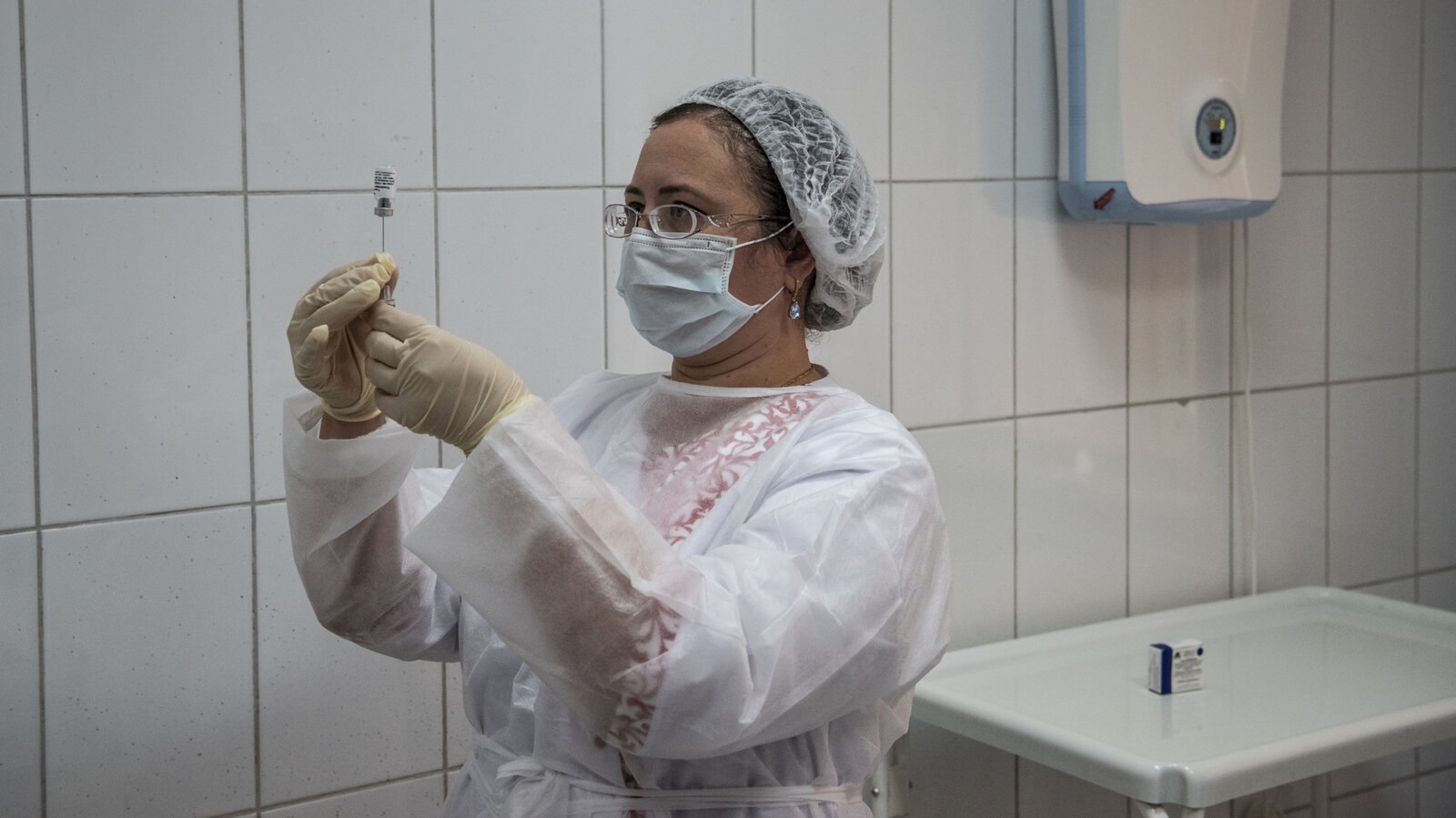AS
Size: a a a
2021 January 10
хотя я ошибаюсь возможно, инфа меняется.
Я не уверен что стоит ориентироваться на рекомендации воз. Они отстают на время принятия решений. А решения принимают на основе вот таких документов
AS
Кстати я пока не видел как выглядит именно серийное производство вакцины такого типа и мне интересно. Если кто найдет скиньте в приват. Спасибо.
AS
Для разовых штук у них есть просто ДНК принтеры. Я был в шоке от такого уровня прогресса
s
С этим поможет история разработки. Ребята ковырялись с mers. И имели наработки по нему. Им пришлось махнуть только полезную нагрузку но не механику доставки и такого
Ну механике то уже овердофига лет. Даже десятилетий. Это да.
Самый ор в том, что это говно никуда не денется. Будут каждый год от нового штамма клепать вакцину параллельно с гриппом.
Самый ор в том, что это говно никуда не денется. Будут каждый год от нового штамма клепать вакцину параллельно с гриппом.
AS
Ну механике то уже овердофига лет. Даже десятилетий. Это да.
Самый ор в том, что это говно никуда не денется. Будут каждый год от нового штамма клепать вакцину параллельно с гриппом.
Самый ор в том, что это говно никуда не денется. Будут каждый год от нового штамма клепать вакцину параллельно с гриппом.
Тут тоже не понятно и есть варианты
AS
Опять же не стоит в тупую верить слухам
Wo
s
Для разовых штук у них есть просто ДНК принтеры. Я был в шоке от такого уровня прогресса
Посмотри на Ютубе хотя бы парочку верхних роликов из выдачи по "Илья Колмановский". Он там про такие новые (и не очень) плюшки из мира биотеха и медицины шпарит, у меня челюсть прямо отвисала.
AS
Спасибо.
ST
“Америка признала Спутник \/“ https://www.nytimes.com/2021/01/08/world/europe/russian-vaccine.html
AS
Ну механике то уже овердофига лет. Даже десятилетий. Это да.
Самый ор в том, что это говно никуда не денется. Будут каждый год от нового штамма клепать вакцину параллельно с гриппом.
Самый ор в том, что это говно никуда не денется. Будут каждый год от нового штамма клепать вакцину параллельно с гриппом.
Не совсем так
AS
Non-replicating viral vaccine platforms use primarily replication-defective viral vectors. These are based on a weakened common cold virus that readily infects human cells but is incapable of causing disease. Adenoviruses (Ad) are among the most heavily exploited non-replicating vectors that mimic a natural viral infection and induce the production of the target viral proteins inside host cells (Figure 1C) [44]. Adenovirus vector-based strategies are being developed to prevent or control an emerging infectious disease. Ad vector vaccines were developed against human immunodeficiency virus (HIV), ebola, and influenza and are under clinical evaluation [45]. To date, there is no Ad vector-based vaccine approved officially for human use. This platform’s limitations include pre-existing neutralizing antibodies against the vector, induction of inflammatory responses, sequestering of the vector in the liver and spleen, and immunodominance of the vector genes over transgenes [46]. As of recently, adenovirus type-5-vectored coronavirus (Ad5-nCov) (ChiCTR2000030906) against SARS-Cov-2 is the first vector-based vaccine in a Phase III clinical trial, developed by the Beijing Institute of Biotechnology and CanSino Biologics. This genetically engineered vaccine candidate acts as a vector for the expression of the SARS-CoV-2 spike protein that has been shown to induce a good immune response with protective efficacy [21]. Furthermore, the data of Phase I and Phase II analyses, indicated mild to moderate adverse events among the participants, and further investigation will be continued until 31 January 2021 [47]. In collaboration with Oxford University, the pharmaceutical company AstraZeneca is developing another non-replicating viral vaccine named ChAdOx1 nCoV-19 (NCT04324606.), also known as the Oxford vaccine [48]. The ChAdOx1 nCoV-19 vaccine consists of the replication-deficient simian adenovirus vector ChAdOx1, containing the full-length spike protein of SARS-CoV-2, with a tissue plasminogen activator leader sequence [6]. As per the preliminary findings, the candidate vaccine appears safe, tolerated, and induced high levels of neutralizing antibodies in the participants. Further, the study reported no serious adverse events related to ChAdOx1 nCoV-19 [6]. As of now, the study is in a Phase III clinical trial, with an expected release date by October 2021. Johnson & Johnson’s Janssen experimental COVID-19 vaccine (NCT04436276) is another vaccine based on a non-replicating adenoviral vector. The vaccine uses adenovirus serotype 26 (Ad26) to expresses the SARS-CoV-2 spike protein. The results from its experimentation in non-human primates (NHP) have recently been published [49]. Of note, the study demonstrated robust single-shot vaccine protection against SARS-CoV-2, with nearly a complete protective efficacy and optimal neutralizing antibody responses [49]. As of now, it is currently being evaluated in Phase I and IIa clinical trials, with an expected completion date by November 2023 [50]. Gam-COVID-Vac Lyo (NCT04437875, renamed Sputnik V) is another non-replicating-vector-based vaccine with a combination of two adenoviruses, Ad5 and Ad26, both engineered with the spike gene. It is developed by the Gamaleya Research Institute, and its Phase III trials were recently launched [51]. However, there are no reports on the effective dose, immune response, and efficacy from Phase I or Phase II trials against COVID-19 [52]. The study has started recruiting participants for a Phase III trial, with a very close completion date estimated in August 2020 [52].
AS
Я про To date, there is no Ad vector-based vaccine approved officially for human use
s
Что не отрицает моего утверждения про кучу лет и отработанность вообще никак.
AS
Не отрицает но разбавляет уверенность
ДМ
Не отрицает но разбавляет уверенность
Лог после прививки ведешь?))
Wo
писать сюда он стал существенно больше. да ещё и оффтопик.
может это симптом?
может это симптом?
V
побочка от спутника 5, после второго укола начнет про величие путина задвигать
PR
побочка от спутника 5, после второго укола начнет про величие путина задвигать
а я думал - хочется в космос и делать "бип-бип"
AS
согласен про офтопик.




